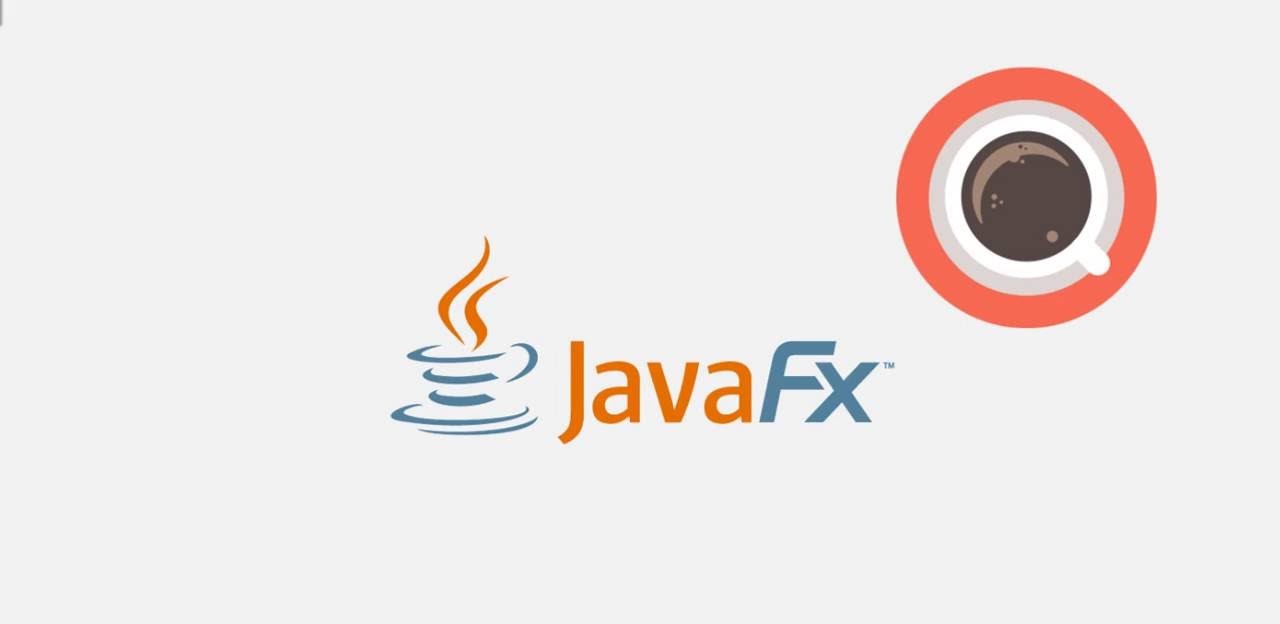JavaFX Programming Exercises and Practice
 Sanjeet Singh
Sanjeet SinghJavaFX is a powerful framework for building rich client applications in Java, offering a wide array of features for creating modern, visually appealing user interfaces. Whether you are a beginner or an experienced developer, practising JavaFX through various exercises can enhance your skills and deepen your understanding of its capabilities. Here are some useful exercises and practice ideas to help you master JavaFX.

1. Setting Up Your Environment
Before diving into exercises, ensure you have a suitable development environment set up. You’ll need:
Java Development Kit (JDK): Install the latest version of the JDK.
JavaFX SDK: Download and configure the JavaFX SDK, as it may not come bundled with the JDK in recent versions.
IDE: Use an Integrated Development Environment (IDE) like IntelliJ IDEA, Eclipse, or NetBeans that supports JavaFX development.
2. Basic User Interface
Exercise 1: Create a Simple GUI Application
Objective: Create a basic application with a window that displays a label and a button.
Tasks:
Set up a primary stage (window).
Add a Label that says "Hello, JavaFX!".
Include a Button that changes the label text to "Button Clicked!" when clicked.
This exercise helps you understand how to create a simple layout and respond to user actions.
3. Layout Management
Exercise 2: Using Layouts Effectively
Objective: Design a user interface that utilises different layouts.
Tasks:
Create a window with a VBox (vertical box) layout.
Add several buttons, labels, and text fields to the layout.
Experiment with HBox (horizontal box) and GridPane layouts to see how elements are arranged differently.
By completing this exercise, you will become familiar with JavaFX’s layout managers, which are essential for organising UI components.
4. Event Handling
Exercise 3: Implementing Event Listeners
Objective: Create an application that responds to various user inputs.
Tasks:
Build a form with a TextField, ComboBox, and a Button.
When the button is clicked, display the input values in a Label.
Add an event listener to handle mouse clicks and keyboard inputs.
This exercise will enhance your understanding of event handling in JavaFX, which is crucial for interactive applications.
5. Controls and Data Binding
Exercise 4: Working with Controls
Objective: Create a more complex form using different JavaFX controls.
Tasks:
Include a Slider to adjust a value, a CheckBox for a toggle option, and a ProgressBar to display progress.
Bind the slider’s value to the progress bar to reflect changes in real time.
This exercise will teach you about data binding and the various controls JavaFX offers, allowing for dynamic interfaces.
6. Graphics and Media
Exercise 5: Drawing Shapes and Using Images
Objective: Create a drawing application that displays shapes and images.
Tasks:
Use the Canvas class to draw different shapes (like rectangles, circles, and lines).
Load and display an image using the ImageView class.
Add buttons to change the colour of the shapes and the image displayed.
This exercise will familiarise you with JavaFX's graphics capabilities and how to work with media.
7. Animation and Effects
Exercise 6: Adding Animation
Objective: Implement simple animations in your application.
Tasks:
Create a button that, when clicked, triggers an animation (like a bouncing ball).
Explore using the Timeline class to create animations and transitions.
Experiment with different effects, such as fade, rotate, and scale.
Through this exercise, you will learn how to make your applications more dynamic and engaging.
Conclusion
Practising JavaFX through these exercises will strengthen your understanding of its core concepts and capabilities. As you grow more comfortable with the framework, consider building larger projects or contributing to open-source JavaFX applications. If you're looking to further enhance your skills, a reputable Java training course provider in Noida, Delhi, Mumbai and other parts of India can offer valuable insights and structured learning opportunities. Remember, the best way to learn is through practice, so continue experimenting and exploring the features of JavaFX.
Subscribe to my newsletter
Read articles from Sanjeet Singh directly inside your inbox. Subscribe to the newsletter, and don't miss out.
Written by

Sanjeet Singh
Sanjeet Singh
I am Sanjeet Singh, an IT professional with experience in the IT sector. I have a broad understanding of Data Analytics and proficiency across multiple layers of software development and testing, from the front end to the back end.